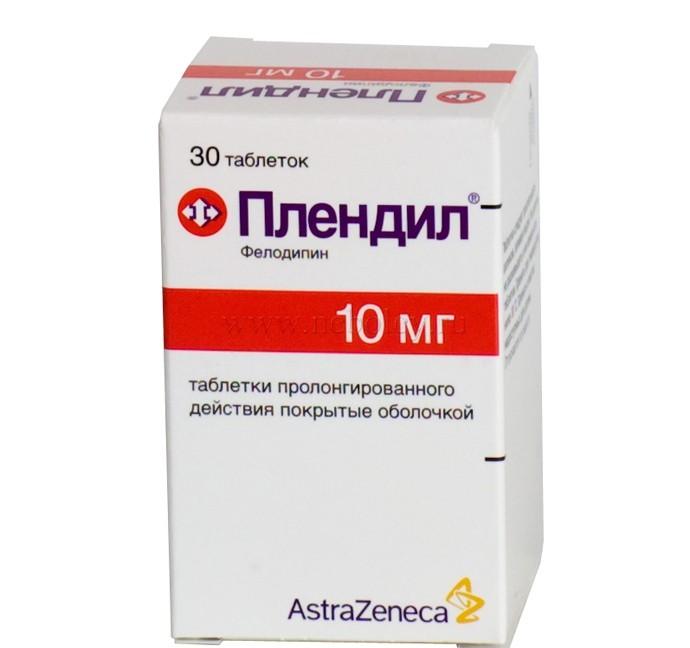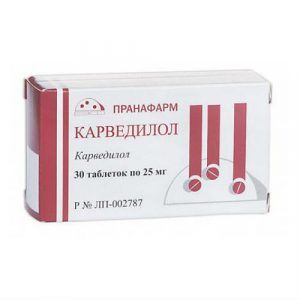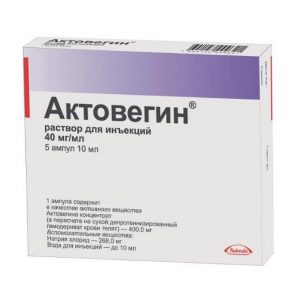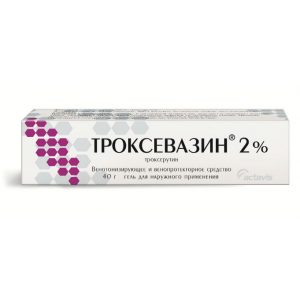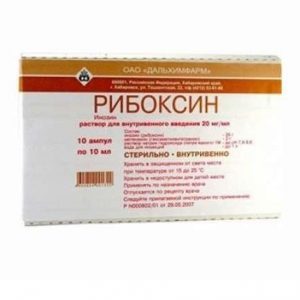Description
Release form
Tablets, coated, prolonged action.
Packing
30 pcs.
Pharmacological action
Antihypertensive, antianginal. Plendil blocks calcium channels, inhibits the entry of calcium ions into the smooth muscle cells of arterial vessels, causes them to expand, reduces OPSS, lowers blood pressure, afterload on the heart, increases coronary blood flow, improves the balance of oxygen supply / consumption by the myocardium.
Contraindications
Hypersensitivity, decompensated heart failure, acute myocardial infarction, unstable angina, pregnancy, childhood.
Special instructions
Special care must be taken in the following conditions: aortic stenosis, impaired liver function, severe renal failure (creatinine clearance less than 30 ml / min), heart failure after acute myocardial infarction, old age. Arterial hypotension, which in susceptible patients can cause myocardial ischemia.
The combined use of drugs that induce the CYP3A4 isoenzyme of the cytochrome P450 system leads to a significant decrease in the concentration of felodipine in the blood plasma and an insufficient therapeutic effect from taking Plendil (see the section Interaction with other drugs and other types of drug interaction ). Co-administration of such drugs should be avoided.
The combined use of drugs that inhibit the CYP3A4 isoenzyme leads to a significant increase in the concentration of felodipine in blood plasma, and therefore, such combinations should be avoided.
You should avoid taking the drug with grapefruit juice due to a significant increase in the concentration of felodipine in blood plasma.
Effect on the ability to drive vehicles and other mechanisms
When driving vehicles or other mechanisms that require increased attention, the possibility of developing dizziness and weakness while taking Plendil should be considered.
At the beginning of therapy or during the period of increasing the dose, patients should refrain from engaging in hazardous activities that require concentration and speed of psychomotor reactions.
Composition
1 tablet contains 10 mg felodipine.
Dosage and administration
Plendil is recommended to be taken orally in the morning with water. Tablets must not be crushed, crushed, or chewed. Plendil can be taken on an empty stomach or after a light breakfast that does not contain a lot of fats or carbohydrates.
Initial dose – 5 mg 1 time per day. If necessary, the dose may be increased or another antihypertensive drug may be added. The usual maintenance dose of Plendil is 5 to 10 mg once daily. In elderly patients, consideration should be given to starting treatment with a daily dose of 2.5 mg.
Side effects
Often (more than 1%): headache, hot flashes, peripheral edema.
Sometimes (0.1-1%): tachycardia, palpitations, feeling tired, dizziness, paresthesia, nausea, rash, itching.
Rarely (0.01-0.1%): fainting, vomiting, arthralgia, myalgia, sexual dysfunction, impotence, urticaria.
Very rare (less than 0.01%): gingival hyperplasia, elevated liver enzymes, photosensitivity, pollakiuria, allergic reactions (fever, angioedema).
Drug Interactions
Biotransformation inhibitors (cimetidine) increase plasma concentration, stimulants (phenytoin, carbamazepine, barbiturates) decrease.
Overdose
Toxicity: 10 mg felodipine in a 2-year-old child caused slight intoxication. 150-200 mg of felodipine in a 17-year-old patient and 250 mg in an adult caused intoxication from mild to moderate. Probably, felodipine has a more significant effect on peripheral blood circulation than on the heart compared with other drugs of this therapeutic group.
In case of an overdose, intoxication symptoms appear 12-16 hours after taking the drug, severe symptoms may occur several days after administration. The following symptoms may be noted: bradycardia (sometimes tachycardia), a marked decrease in blood pressure, AV block I- degrees, ventricular extrasystole, atrioventricular dissociation, asystole, ventricular fibrillation headache, dizziness, impaired consciousness (or coma), convulsions shortness of breath, pulmonary edema (not cardiac) and apnea in adults may develop respiratory distress syndrome acidosis, hypogalemia, , possibly hypocalcemia redness of the face, accompanied by hot flashes , hypothermia, nausea and vomiting. In case of an overdose, the greatest risk is represented by symptoms from the cardiovascular system.
Treatment: the appointment of activated charcoal, if necessary, gastric lavage, in some cases effective even in the late stage of intoxication.
IMPORTANT! Atropine (0.25-0.5 mg iv for adults, 10-20 mcg / kg for children) should be prescribed before gastric lavage (because of the risk of stimulating the vagus nerve). ECG monitoring, correction of the acid-base state and blood serum electrolytes should be carried out, if necessary, ensure airway patency and adequate lung ventilation.
In case of bradycardia and AV blockade, prescribe atropine 0.5-1 mg iv in adults and 20-50 mcg / kg for children (repeat administration if necessary), or administer isoprenaline 0.05-0.1 mcg / kg / min . In case of acute intoxication at an early stage, it may be necessary to install an artificial pacemaker. A pronounced decrease in blood pressure should be adjusted in / in the introduction of fluid, adults in / in a solution of calcium gluconate (9 mg Ca / ml) 20-30 ml for 5 minutes or in the form of infusion (3-5 mg Ca / kg for children), if necessary, repeat the introduction in the same dose. If necessary, epinephrine (adrenaline) or dopamine is infused. In acute intoxication, glucagon can be prescribed.
If cardiac arrest occurs due to an overdose, resuscitation may be needed for several hours. In case of seizures, prescribe diazepam, as well as carry out other symptomatic treatment.
Storage Conditions
At a temperature not exceeding 25 ° C.
Deystvuyuschee substances
Felodypyn
Dosage form
tablet prolong.
AstraZeneca United Kingdom
